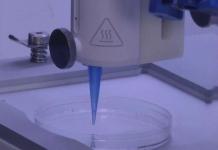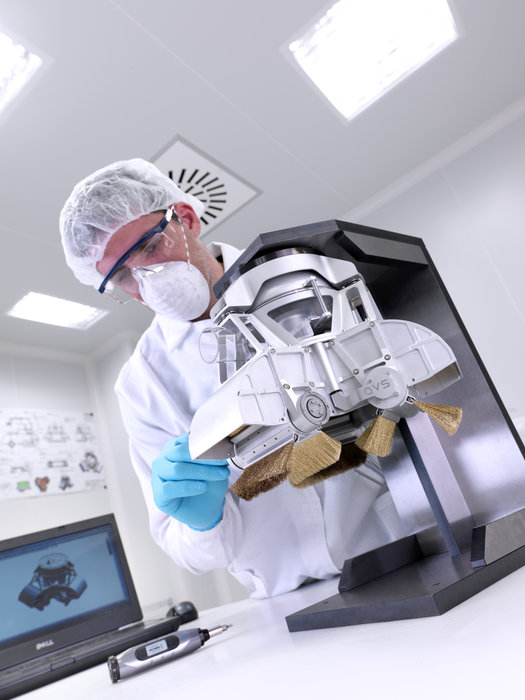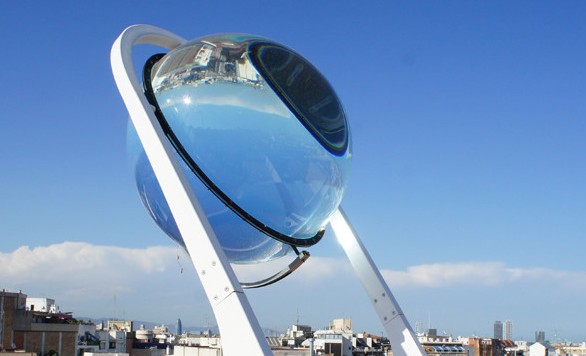Despite the forever growing number of antibiotic-resistant bacterial strains, scientists have not lost hope. Some of them are looking to make antibiotics that could be turned on or off via heat or optical signals.
The problem with modern strains of bacteria is that at some point they become acquainted with antibiotics, and they continue doing harm to our bodies despite the continuous administration of drugs. Scientists had to figure out a way of disabling antibiotics once they achieved their goal and were no longer needed. A team of researchers from the University of Groningen in the Netherlands managed to do just that simply by using warmth and sunlight. Their achievement is revolutionary, and will change the way pharmacologists, clinicians and epidemiologists handle bacterial infections.

The Dutch team worked with quinolones, a class of antibiotics shaped like the letter C. When blasted with heat or light, the quinolones change their shape into the letter Z, and this way they become unable to bind to the enzymes they typically interact with. In case it wasn’t obvious already, I should mention that these experiments most likely took place in Petri dishes. The team of researchers admitted that there’s no way to get sunlight inside the human body, but maybe there’s a way to deactivate antibiotics using targeted heat. Ultraviolet light might also deactivate the antibiotics, but it is known to have harmful effects, so the Dutch team realized it does not represent a viable option. Infrared light, on the other hand, is able to penetrate the human body, does not do any harm to us and hence, can be successfully used for turning off the antibiotics.
Antibiotics are powerful drugs, in general, and they can harm the stomach, the intestines and other organs on their way to the bacteria they need to fight. Even though most doctors recommend their patients to take probiotics along with antibiotics, finding a way to deactivate the latter when harmful is very important. Some antibiotics harm our intestinal flora in the process of absorption, and replenishing that flora with probiotics is highly recommended.
Ben Feringa and his fellow Dutch scientists are aware that this is not the first time light-switchable drugs are considered for therapy. Still, this is the first time this technique is used for antibiotics.
If you liked this post, please check the stick insect that could help produce better antibiotics and the new antibiotic discovered in the ocean.










